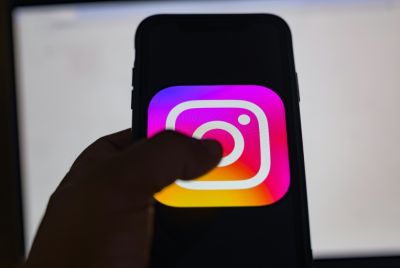'Royal Star' of Charles II May Have Been Supernova
A supernova remnant may be evidence that a star visible in daylight coincided with the birth of King Charles II of England.
Cassiopeia A is the remains of a star that exploded about 11,000 years ago. It is one of the brightest radio sources in the sky and when the star that produced it blew up, it should have been visible -- and quite spectacular. Some calculations show the light from that explosion should have reached Earth approximately 300 to 400 years ago.
Other novae and supernovae in the same period are well-documented. A nova in 1572 was recorded by Danish astronomer Tycho Brahe and another appeared in 1604, known as Kepler's Supernova. But there are no similarly concrete charts of the royal star.
Martin Lunn, former curator of astronomy at the Yorkshire Museum in England, and Lila Rakoczy, an independent scholar, say that the supernova might have been the 'royal star' that marked the birth of Britain's Charles II in 1630. During Charles II's reign, propagandists for the Stuarts spoke of the new star and the parallel with the Christ story was obvious. But for centuries most historians had assumed it was just that, propaganda.
But there are sketchy records of observations, and they cluster at the time when the light from the Cassiopeia A supernova would have reached Earth, according to Lunn and Rakoczy. The two presented their findings at the Royal Astronomical Society's National Astronomy Meeting in Llandudno, Wales.
In a statement, Lunn said, The number and variety of sources that refer to the new star strongly suggest that an astronomical event really did take place. Our work raises questions about the current method for dating supernovae, but leads to the exciting possibility of solving a decades-old astronomical puzzle.
© Copyright IBTimes 2024. All rights reserved.





















